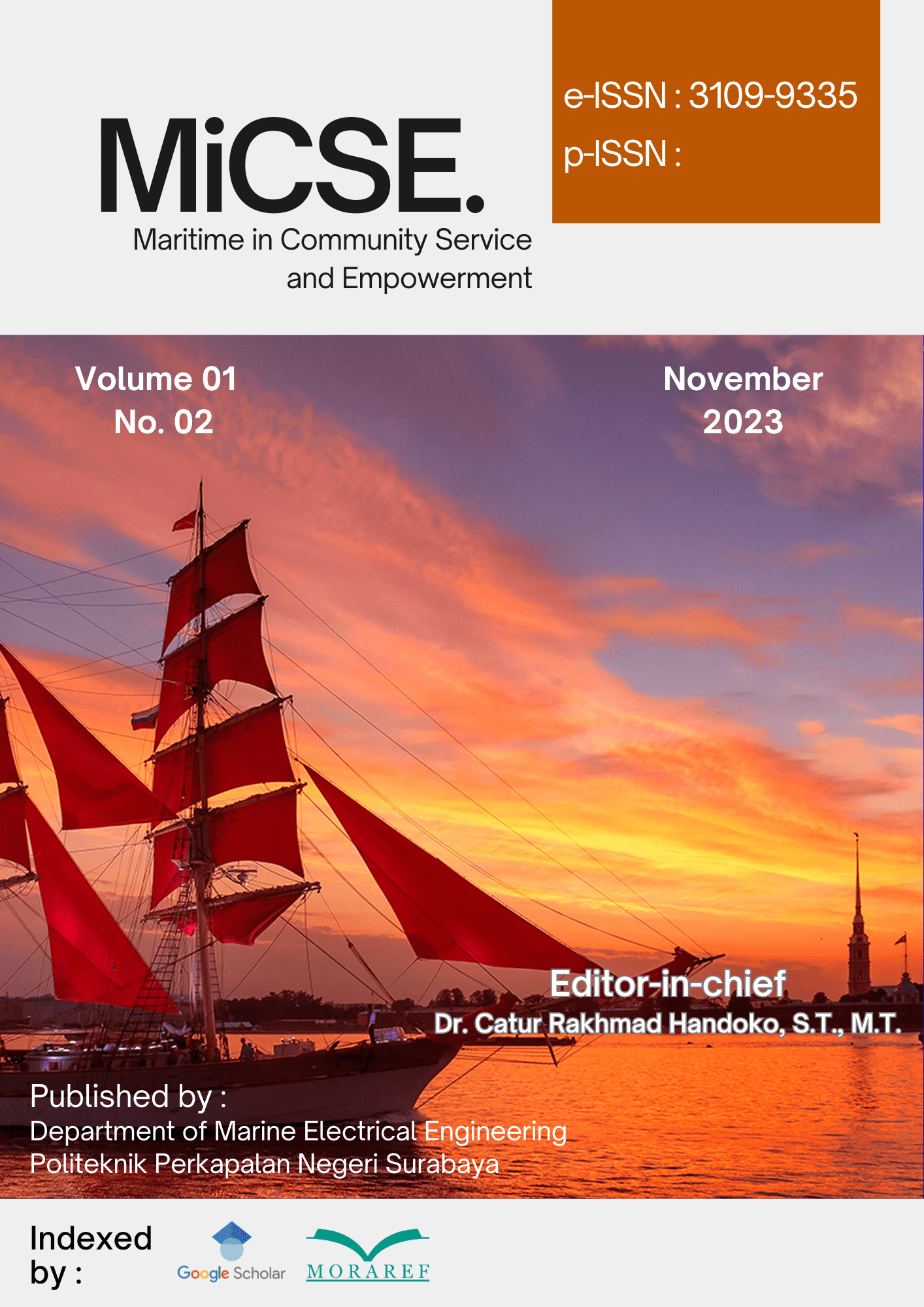Application of LQR-PID Control in Eddy Current Brake Dynamometer Systems for Community Skill Development
Keywords:
Eddy brakes, PID, LQR, MatlabAbstract
This paper presents a comparative analysis of classical PID control techniques and modern control approaches in the Eddy Current Brake Dynamometer system. Eddy Current Brakes, as modern braking systems, require efficient control mechanisms to enhance their performance. Traditionally, PID control has been widely employed; however, it is often deemed suboptimal in certain scenarios. To address these limitations, this study explores the development of a more modern and optimal control system utilizing Full-State Feedback Linear Quadratic Regulator (LQR). The comparative analysis of braking response times was simulated using MATLAB/Simulink. Results demonstrate that LQR control outperforms PID control in terms of braking response, with a settling time (Ts) of 2.12 seconds, a rise time (Tr) of 1.18 seconds, and zero overshoot. Conversely, while PID control achieves faster Ts (0.27 seconds) and Tr (0.18 seconds), it exhibits an overshoot of 0.7%, which may impact system stability. Furthermore, this research underscores the potential of integrating LQR-based control systems into community-oriented technical training programs. The improved performance metrics of the LQR control can enhance the practical learning experience, particularly in vocational education aimed at equipping underserved communities with advanced technical skills. By leveraging these findings, the study highlights the importance of adopting innovative control strategies to bridge the gap between theoretical knowledge and practical application, contributing to sustainable skill development initiatives.



